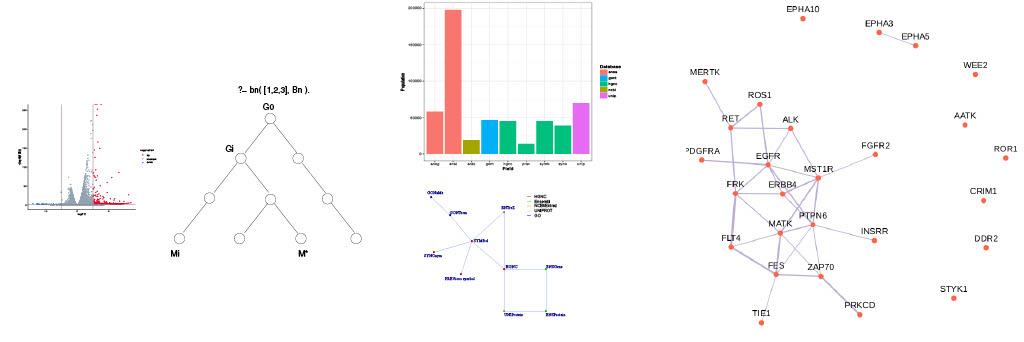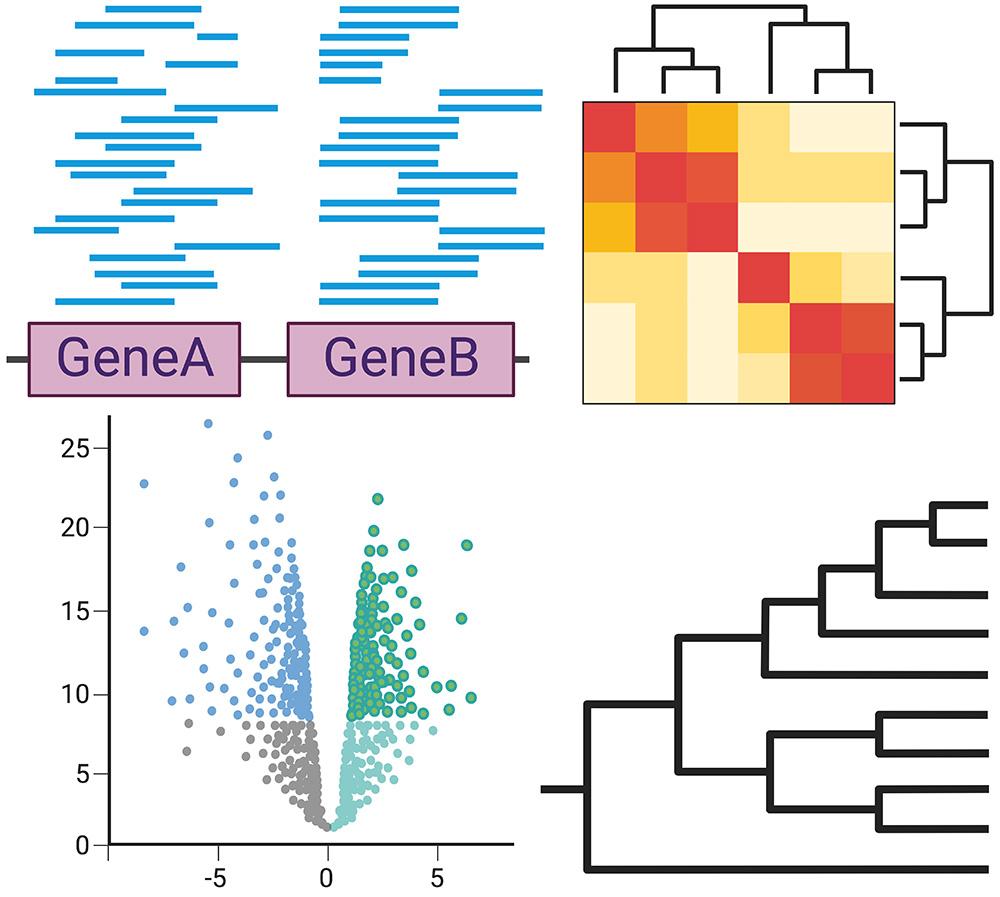A primer on correlation-based dimension reduction methods for multi-omics analysis
The continuing advances of omic technologies mean that it is now more tangible to measure the numerous features collectively reflecting the molecular properties of a sample. When multiple omic methods are used, statistical and computational approaches can exploit these large, connected profiles. Multi-omics is the integration of different omic data sources from the same biological sample. In this review, we focus on correlation-based dimension reduction approaches for single omic datasets, followed by methods for pairs of omics datasets, before detailing further techniques for three or more omic datasets. We also briefly detail network methods when three or more omic datasets are available and which complement correlation-oriented tools. To aid readers new to this area, these are all linked to relevant R packages that can implement these procedures. Finally, we discuss scenarios of experimental design and present road maps that simplify the selection of appropriate analysis methods. This review will help researchers navigate emerging methods for multi-omics and integrating diverse omic datasets appropriately. This raises the opportunity of implementing population multi-omics with large sample sizes as omics technologies and our understanding improve.

